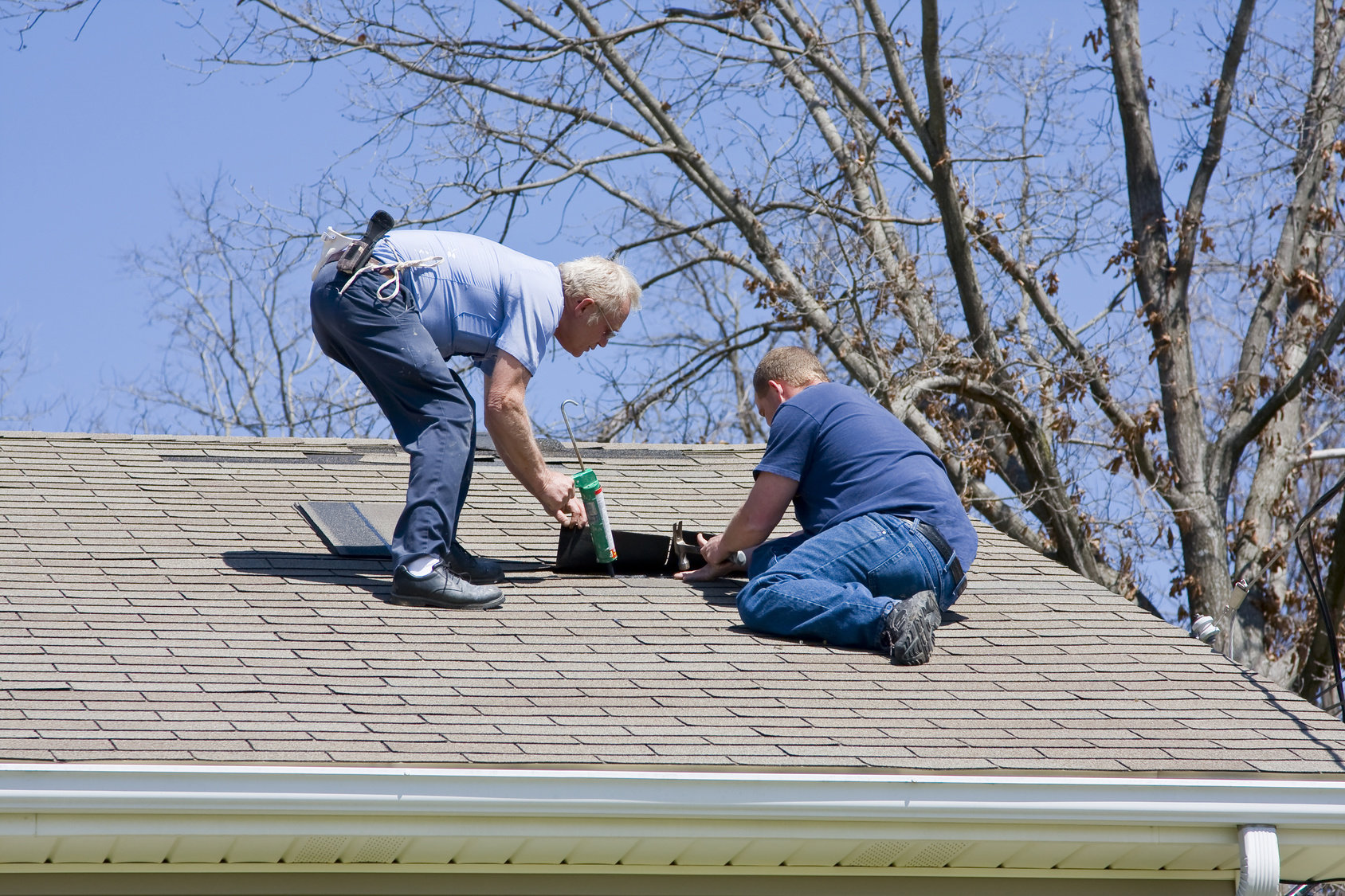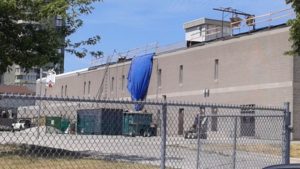“You own something – a house, a car, a stove, pair of shoes – anything worth keeping up. Sooner or later it comes time to maintain it because things don’t get better from neglect – they fall apart. A real conservative wants to maintain things so she doesn’t have to put out a lot more money to repair them down the road, when they either cost a lot more to fix or have to be replaced.”
The recent article entitled, “School buildings: Will the Tories let them fall apart?” in School Magazine explores how $15.9-billion of disrepair has been allowed to accumulate in Ontario’s schools under both Liberal and PC provincial governments of the last twenty years. The article starts with the quote above and theorizes that “real conservatism is all about careful, cautious planning”.
With this tenet in mind, we’d like to ask, “School buildings: Will Doug Ford’s government finally fix them?”. We’re cautiously optimistic that the answer is YES.
Premier Ford has promised to…
Govern for the people. What act could be more “for the people” than to ensure that the 2-million children in this province who spend their days in publicly funded schools learn in safe, healthy, well-maintained buildings?
 Reduce government waste. What is more wasteful than waiting for critical public infrastructure to fall apart before fixing it? Every homeowner knows that if you wait to replace your roof until the roof is actually leaking, it is a much more expensive undertaking than to have simply replaced your roof proactively. Complications like water damage, mould and rodents can significantly add to the overall expense. Some estimates put reactive maintenance at costing THREE TIMES more than proactive maintenance. We know that the vast majority of school repairs in Ontario are currently done reactively so we know that Premier Ford would agree this is an atrocious waste. We urge him to commit the funding required to truly Fix Ontario’s Schools so that school boards can start to actually proactively maintain Ontario’s schools.
Reduce government waste. What is more wasteful than waiting for critical public infrastructure to fall apart before fixing it? Every homeowner knows that if you wait to replace your roof until the roof is actually leaking, it is a much more expensive undertaking than to have simply replaced your roof proactively. Complications like water damage, mould and rodents can significantly add to the overall expense. Some estimates put reactive maintenance at costing THREE TIMES more than proactive maintenance. We know that the vast majority of school repairs in Ontario are currently done reactively so we know that Premier Ford would agree this is an atrocious waste. We urge him to commit the funding required to truly Fix Ontario’s Schools so that school boards can start to actually proactively maintain Ontario’s schools.
Restore accountability and trust to government. For twenty years, four successive provincial governments grossly and chronically underfunded school repairs, often providing only ONE-TENTH of what industry standards suggest was the absolute minimum required to keep the schools safe and well-maintained. And yet, those same provincial governments failed to take accountability for the resulting disrepair, instead blaming school boards. Accountability and trust in government could be restored in Ontario through bold leadership that takes responsibility for these important public assets and ensures every Ontario school is a safe, healthy, well-maintained building that provides an environment conducive to learning.

